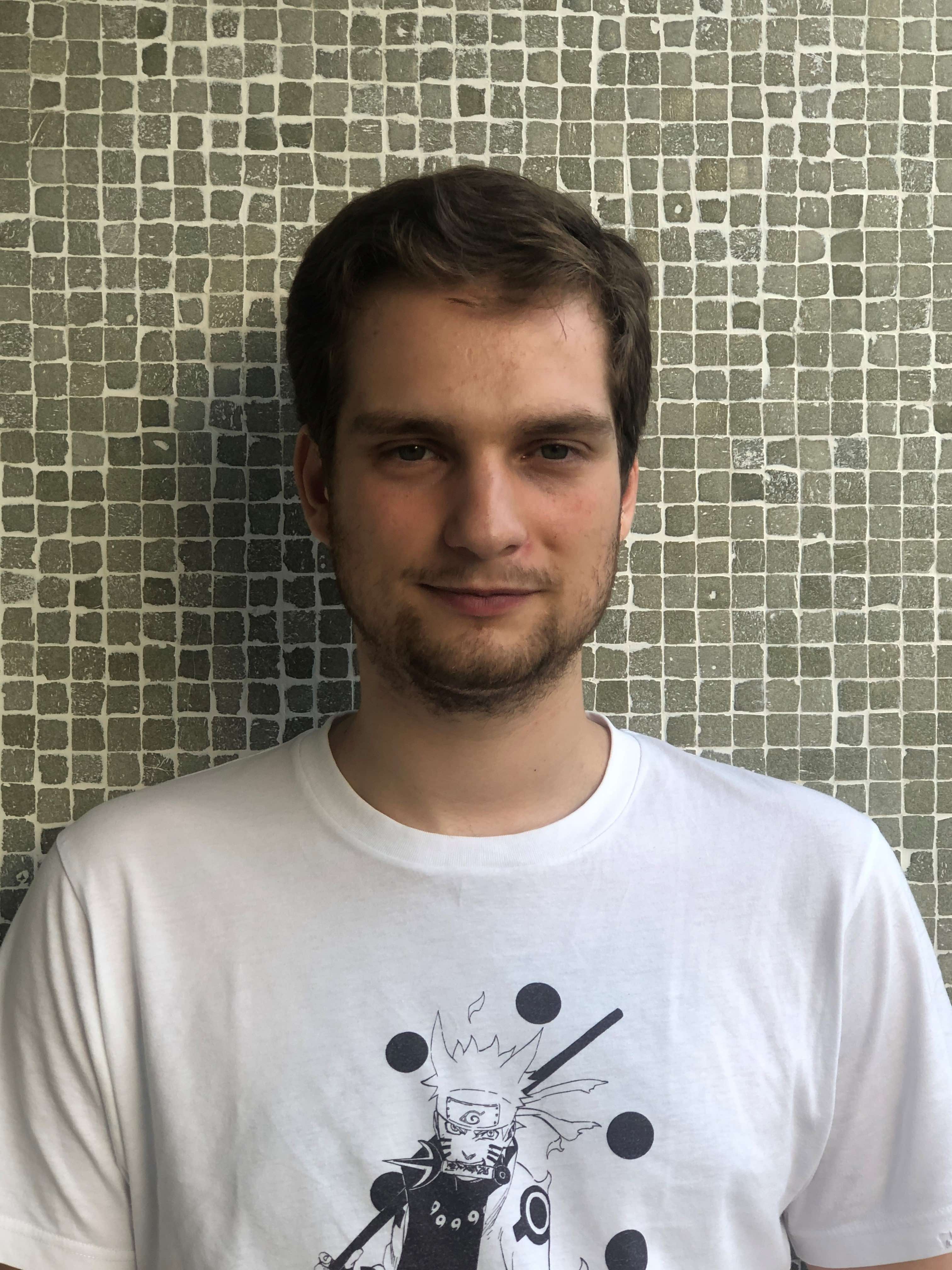Principal Investigators
Luis O. Silva 
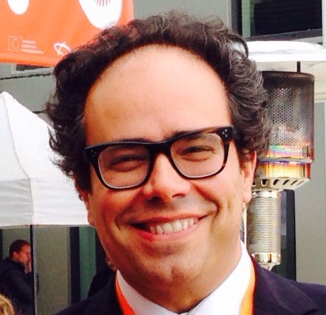
Research Interests: Check my personal webpage here
Latest Publications:- Hosing of a long relativistic particle bunch in plasma, Physical Review Letters 132 (2024) p. 075001
- Signatures for strong-field QED in the quantum limit of beamstrahlung, Physical Review A 108 (2023) p. 042816
- Magnetic frame-dragging correction to the electromagnetic solution of a compact neutron star, Monthly Notices of the Royal Astronomical Society 524 (2023) p. 4116
Ricardo Fonseca
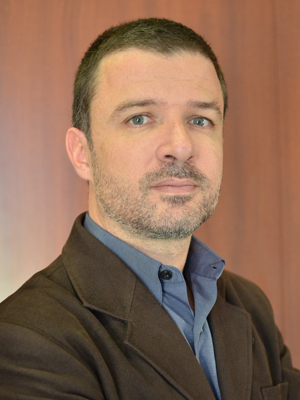
- Hosing of a long relativistic particle bunch in plasma, Physical Review Letters 132 (2024) p. 075001
- Coherence and superradiance from a plasma-based quasiparticle accelerator, Nature Photonics 18 (2023) p. 39-45
- The AWAKE Run 2 Programme and Beyond, Symmetry 14 (2022) p. 1680
Jorge Vieira 
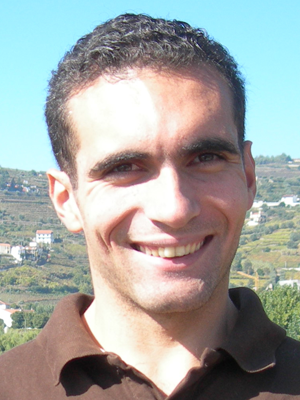
Research Interests: My research employs advanced computing and theory to exploit the properties of intense lasers and particle beams towards compact plasma-based accelerators and light sources. The focus of my recent work is on structured light, on how it interacts with plasma at ultra-high intensity, and on superradiant emission mechanisms in plasma. I am involved in the AWAKE experiment at CERN, and, whenever possible, I collaborate with both theoreticians and experimentalists with whom I seek to participate and elaborate experimental proposals to test novel ideas.
Latest Publications:- Hosing of a long relativistic particle bunch in plasma, Physical Review Letters 132 (2024) p. 075001
- Coherence and superradiance from a plasma-based quasiparticle accelerator, Nature Photonics 18 (2023) p. 39-45
- Positron acceleration in plasma waves driven by non-neutral fireball beams, Physical Review Accelerators and Beams 26 (2023) p. 091301
Thomas Grismayer
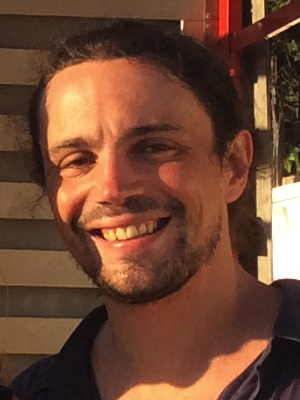
Research Interests: - Ion acceleration in dense target irradiated by intense laser (plasma expansion models) - Parametric instabilities related to inertial fusion (nonlinear and multiple dimensional effects associated with electron plasma waves) - Shear instabilities (magnetic field generation, particle acceleration) - QED effects in plasma in extreme high fields laser setup (pair cascades, gamma-ray emission) and in astrophysics (magnetic reconnection, neutron stars modeling)
Latest Publications:- Signatures for strong-field QED in the quantum limit of beamstrahlung, Physical Review A 108 (2023) p. 042816
- Beam delivery and beamstrahlung considerations for ultra-high energy linear colliders, Journal of Instrumentation 18 (2023) p. P09022
- Magnetic frame-dragging correction to the electromagnetic solution of a compact neutron star, Monthly Notices of the Royal Astronomical Society 524 (2023) p. 4116
PhD Researchers
Marija Vranic
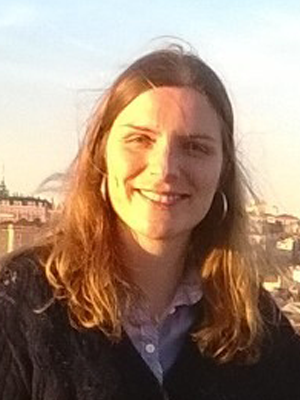
Research Interests: radiation reaction, wakefield acceleration, classical-QED transitions in plasma
Latest Publications:- Direct Laser Acceleration in Underdense Plasmas with Multi-PW Lasers: A Path to High-Charge, GeV-Class Electron Bunches, Physical Review Letters 132 (2024) p. 125001
- QScatter: numerical framework for fast prediction of particle distributions in electron-laser scattering, Plasma Physics and Controlled Fusion 66 (2024) p. 045006
- Beam delivery and beamstrahlung considerations for ultra-high energy linear colliders, Journal of Instrumentation 18 (2023) p. P09022
Post-Doctoral Fellows
Anthony Mercuri-Baron
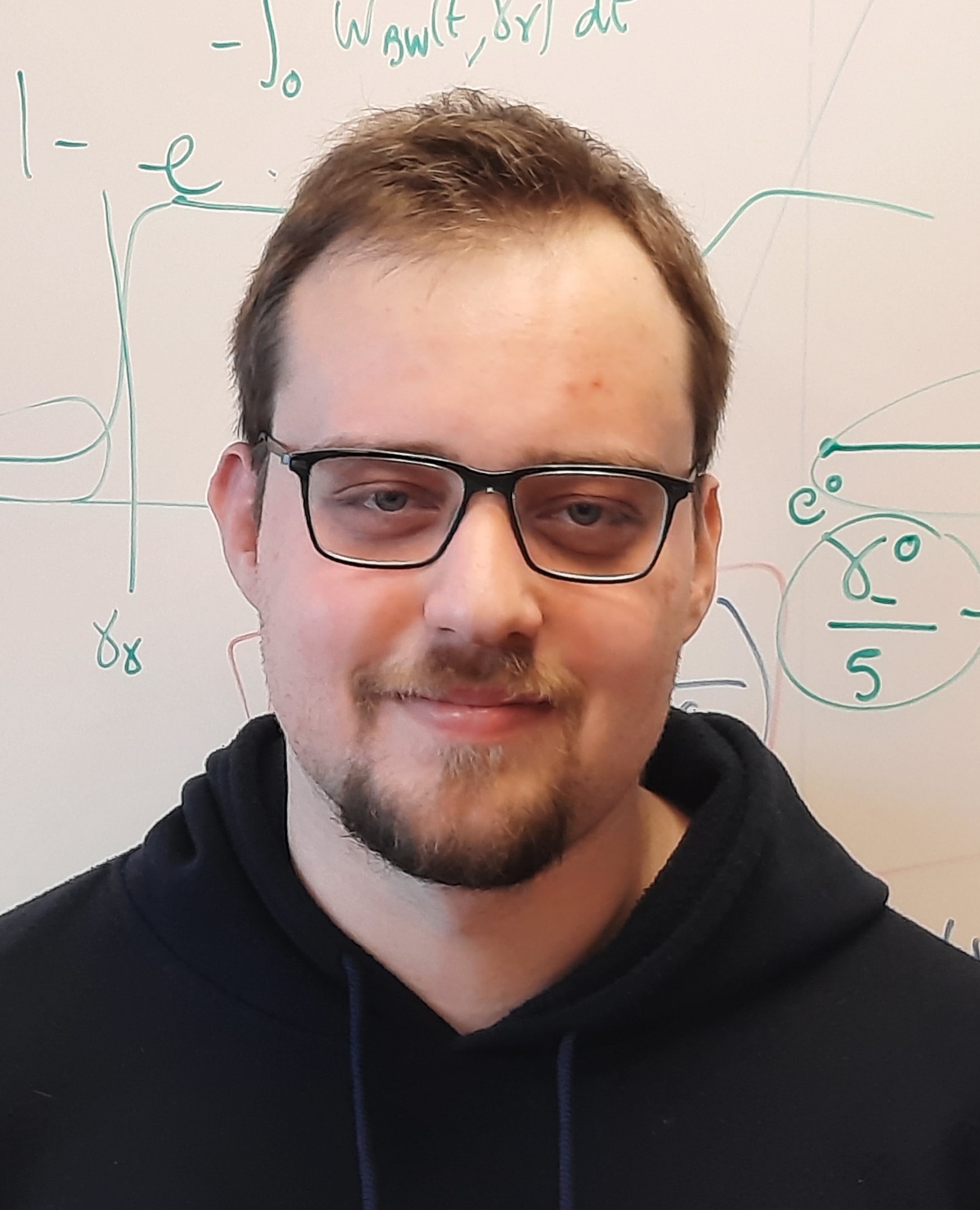
Lucas Ivan Inigo Gamiz

Research Interests: Laser-Plasma interactions, QED Cascades, Radiation Reaction, Plasma Instabilities, High-Field Physics, Machine/Deep Learning, Particle-in-Cell Codes.
Thales Silva

Research Interests: Density down-ramp injection in LWFA; ion motion, plasma heating, and long-time evolution in plasma accelerators; laser-plasma interaction.
Latest Publications:- Positron acceleration in plasma waves driven by non-neutral fireball beams, Physical Review Accelerators and Beams 26 (2023) p. 091301
- Weibel instability beyond bi-Maxwellian anisotropy, Physical Review E 104 (2021) p. 035201
- Stable Positron Acceleration in Thin, Warm, Hollow Plasma Channels, Physical Review Letters 127 (2021) p. 104801
Graduate Students
Rafael Almeida
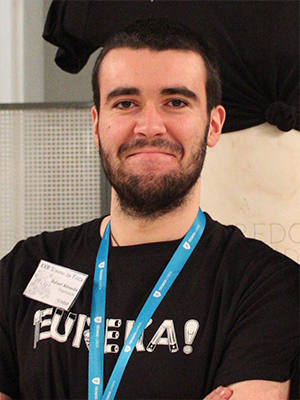
Róbert Babjak
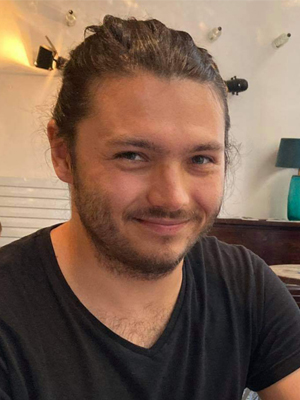
- Direct Laser Acceleration in Underdense Plasmas with Multi-PW Lasers: A Path to High-Charge, GeV-Class Electron Bunches, Physical Review Letters 132 (2024) p. 125001
Diogo Carvalho

Rui Torres

Research Interests: Extremely High-Intensity Laser Physics, Vacuum polarization, QED processes below the critical Schwinger regime, High Harmonic generation from light scattering scenarios in extreme intense fields, general relativity, astrophysical plasmas, pulsar and black hole magnetospheres.
Latest Publications:- Magnetic frame-dragging correction to the electromagnetic solution of a compact neutron star, Monthly Notices of the Royal Astronomical Society 524 (2023) p. 4116
- Quantum Electrodynamics vacuum polarization solver, New Journal of Physics 23 (2021) p. 095005
Bernardo Malaca

Research Interests: Laser Plasma Wakefield Acceleration, spatiotemporal correlated light pulses, particle-in-cell codes.
Latest Publications:- Coherence and superradiance from a plasma-based quasiparticle accelerator, Nature Photonics 18 (2023) p. 39-45
- Arbitrarily structured laser pulses, Physical Review Research 5 (2023) p. 013085
- Exact solutions for the electromagnetic fields of a flying focus, Physical Review A 107 (2023) p. 013513
Camilla Willim

- Proton acceleration with intense twisted laser light, Physical Review Research 5 (2023) p. 023083
Chiara Badiali
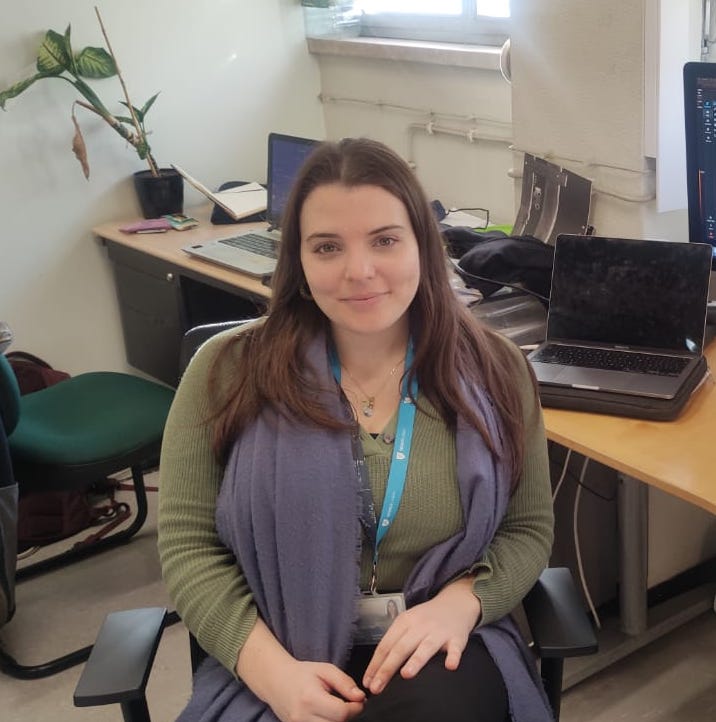
- Machine-learning-based models in particle-in-cell codes for advanced physics extensions, Journal Of Plasma Physics 88 (2022) p. issue 6
Pablo Bilbao

Research Interests: Laser-plasma interactions, Ion acceleration in dense target irradiated by intense laser, electron acceleration, astrophysical plasmas, particle-in-cell codes, high-performance computing
Latest Publications:- Radiation reaction cooling as a source of anisotropic momentum distributions with inverted populations, Physical Review Letters 130 (2023) p. 165101
- Machine-learning-based models in particle-in-cell codes for advanced physics extensions, Journal Of Plasma Physics 88 (2022) p. issue 6
Óscar Amaro
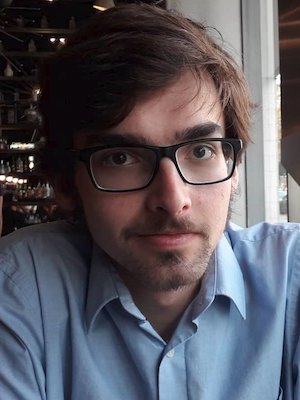
- QScatter: numerical framework for fast prediction of particle distributions in electron-laser scattering, Plasma Physics and Controlled Fusion 66 (2024) p. 045006
- A Living Review of Quantum Computing for Plasma Physics, arXiv 2302 (2023) p. 20
- Optimal laser focusing for positron production in laser–electron scattering, New Journal of Physics 23 (2021) p. 115001
Filipe Cruz

- Strong collisionless coupling between an unmagnetized driver plasma and a magnetized background plasma, Physics of Plasmas 30 (2023) p. 052901
- Laser-driven, ion-scale magnetospheres in laboratory plasmas. I. Experimental platform and first results, Physics of Plasmas 29 (2022) p. 042901
- Laser-driven, ion-scale magnetospheres in laboratory plasmas. II. Particle-in-cell simulations, Physics of Plasmas 29 (2022) p. 032902
Bernardo Barbosa

- Creation and direct laser acceleration of positrons in a single stage, Physical Review Accelerators and Beams 26 (2023) p. 011301
MSc. Students
Francisco Assunção
